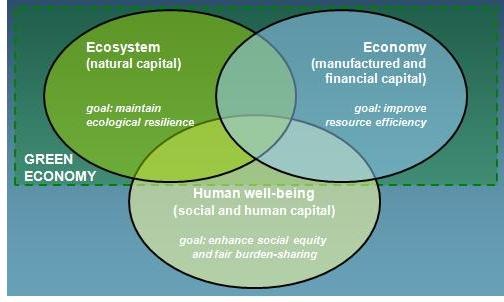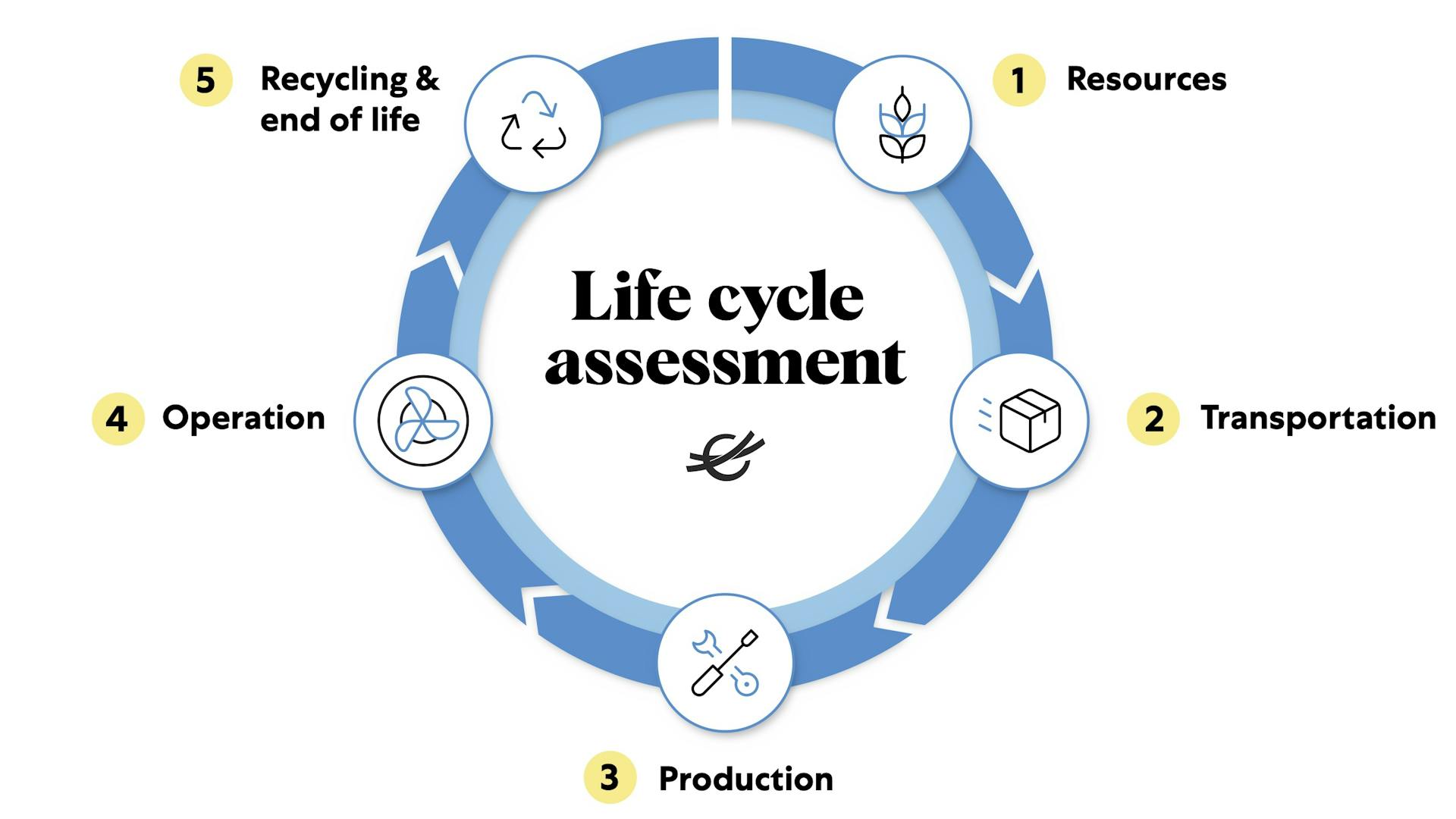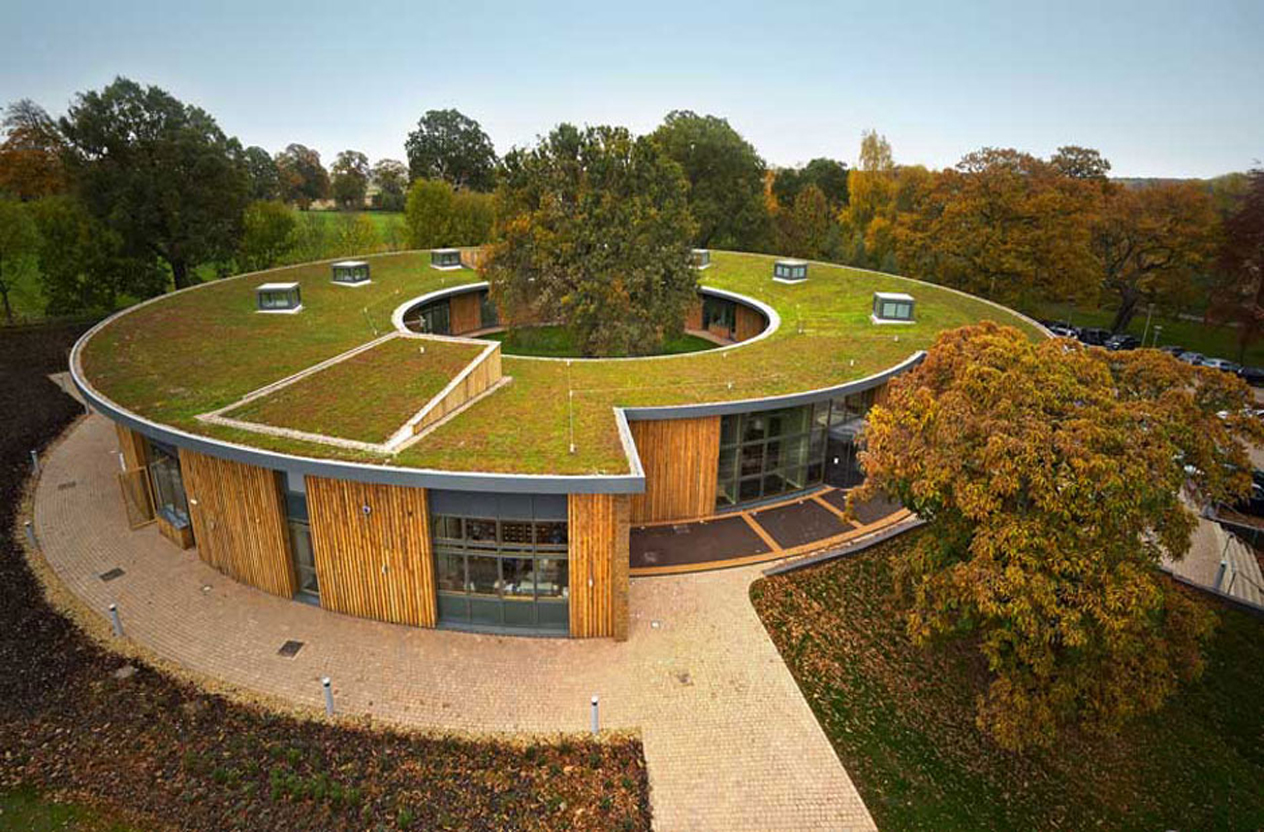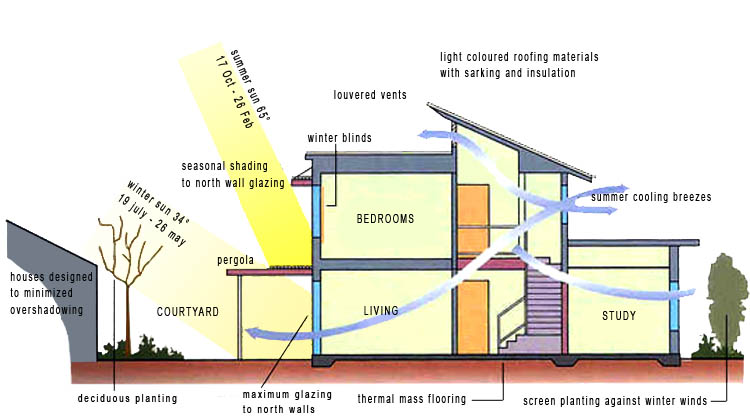
Concepts :
- Four operational principles:
- The impact of human beings on natural systems must not exceed the carrying capacity of nature.
- The use of renewable resources must not exceed their rate of regeneration.
- The use of non-renewable resources must be compensated by the production of renewable resources, which will eventually have to replace them.
- The emissions into the environment must not exceed the absorptive capacity of the receivers.
- 3 pillars :
- Socio-cultural : of, relating to, or involving a combination of social and cultural factors.
- Socio-economic : relating to or concerned with the interaction of social and economic factors.
- Environmental : relating to the natural world and the impact of human activity on its condition.
- Circular economy : is a model of production and consumption, which involves sharing, leasing, reusing, repairing, refurbishing and recycling existing materials and products as long as possible. In this way, the life cycle of products is extended. In practice, it implies reducing waste to a minimum.

- Green economy : one that results in improved human well-being and social equity, while significantly reducing environmental risks and ecological scarcities.

- Life cycle assesment : it is a standardized evaluation method that makes it possible to carry out a multi-criteria and multi-stage environmental assessment of a system over its entire life cycle.

- 3R :

- Reduce : Lowering the amount of waste produced.
- Reuse : using materials repeatedly.
- Recycle : using used materials to make new ones.
- Healthy buildings : refers to an emerging area of interest that supports the physical, psychological, and social health and well-being of people in buildings and the built environment. Buildings can be key promoters of health and well-being since most people spend a majority of their time indoors.
.jpg?1530052430)
- Psycological aspects: Relationship with nature influences positively on the superior nervous functions, determining sensations of well-being. We need to take into consideration the proportion of space, relation between height, width and length of rooms as well as the chromatic atmosphere, defined by the combination of internal and external color pallete. In addition to that textures of materials and equipments used and the exterior views and the relationship of facades with the exterior environment play a huge role too.
- Sick building syndrome(SBS): a condition affecting office workers, typically marked by headaches and respiratory problems, attributed to unhealthy or stressful factors in the working environment such as poor ventilation.

- Climate<->Human being: The energy and health of human being largely depend on the direct effects of the environment in which he lives. The atmospheric conditions stimulate or depress the physical and mental work of the man (apathy, stress, grief, illness…). That conditions are at an optimum point within a range of specific climatic conditions. The human being is a thermal machine that transforms chemical energy into mechanical energy with great heat dispersion due to its metabolism. Our metabolism always tries to conserve it’s temperature and stay in it’s comfort zone, when in hot places our bodies sweat a lot to help cool down and in warm ones it try its best to conserve its heat.
- The main elements of the climate environment that influence human comfort are:
- the temperature of the air
- the radiation (thermal emission)
- the movement of the air
- the relative humidity
- temperature (maximum and minimum)
- sunshine (% and annual distribution)
- prevailing winds (frequency, direction and intensity)
- rainfall (average, minimum and maximum rainfall)
- snow (maximum, minimum and average)
- relative humidity and vapour pressure.
- characteristics of clothing (insulation and total area)
- characteristics of the type of work (metabolic thermal load)
- The main elements of the climate environment that influence human comfort are:
- Sustainable design : It seeks to reduce negative impacts on the environment, and the health and comfort of building occupants, thereby improving building performance. The basic objectives of sustainability are to reduce consumption of non-renewable resources, minimize waste, and create healthy, productive environments.

- Bio-architecture :The design and construction of buildings in an ecologically-friendly manner. The design and construction of buildings that reflect structures found in nature.

- Bioclimatic-architecture : a way of designing buildings based on the local climate, with the aim of ensuring thermal comfort using environmental resources. They must also blend into their natural surroundings. This is nothing new, because it is fair to say that traditional architecture is intrinsically bioclimatic.

Materials :
Building material signifies structural existence. It demonstrates the presence of aesthetic sense in a design, and hence, defines the practicability of the structure.It helps establish a relationship between the visual quality and structural stability in architecture. Nowadays people are more conscious of the materials they use in buildings, trying to be more environment friendly and energy efficient.

Bio-morphism is an artistic trend that emerged during the first half of the 20th century. He has affinities with Surrealism and Art Nouveau. Unlike surrealism, it does not designate an artistic group, it had neither leader nor manifesto.
